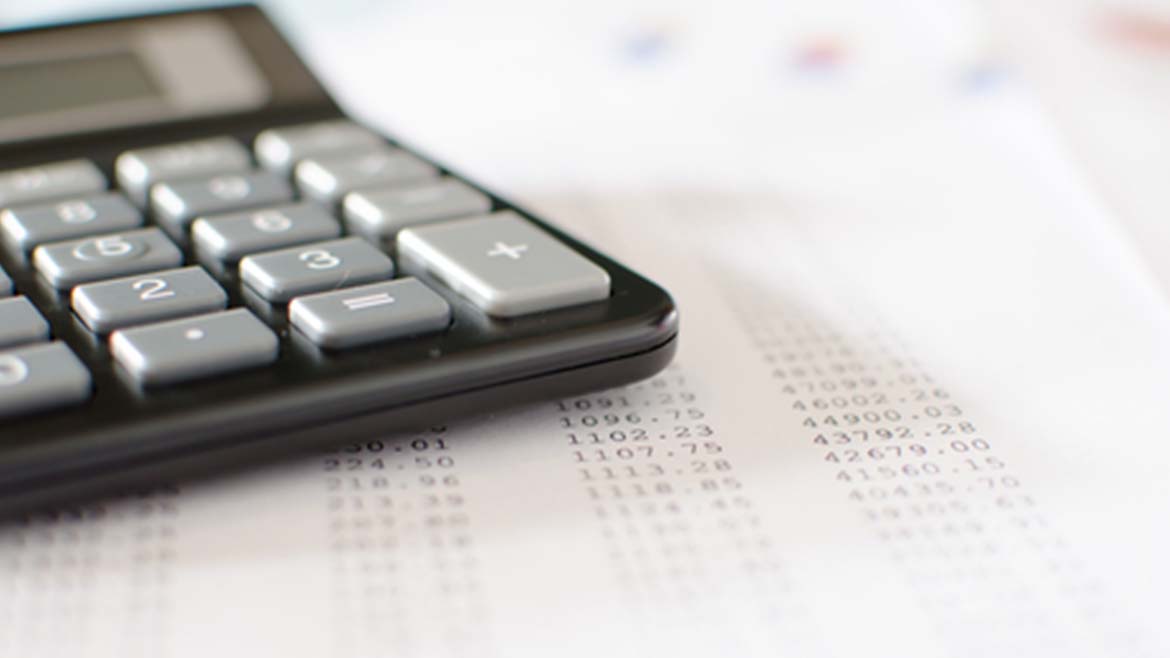
In an uncertain economy, it’s important to use all possible methods available to analyze and evaluate your company’s financial health. Here are two metrics owners and managers might find helpful: breakeven and burn rate.
Breakeven analysis
Breakeven represents the point at which revenue equals total costs. It’s also the volume of sales at which a company (or investment) starts earning a profit. To calculate your company’s breakeven point, first categorize all costs as either fixed (such as rent and administrative payroll) or variable (such as materials and direct labor).
Next, calculate contribution margin per unit by subtracting variable costs per unit from the price per unit. Companies that sell multiple products or offer services typically estimate variable costs as a percentage of sales. For example, if a company’s variable costs run about 30% of annual revenue, its average contribution margin would be 70%.
Finally, add up fixed costs and divide by the unit (or percentage) contribution margin. In the previous example, if fixed costs were $700,000, the breakeven sales volume would be $1 million ($700,000 divided by 70%). For each $1 in sales over $1 million, the hypothetical company would earn 70 cents.
When computing breakeven, depreciation is normally included as a fixed expense, but taxes and interest usually are excluded. Fixed costs should also include all normal operating expenses (such as payroll and maintenance), not just those that would continue if the business went broke. The more items included in fixed costs, the more realistic the estimate will be.
Breakeven analysis can help you judge whether projected sales will sustain your business during an economic downturn. The exercise of analyzing costs also helps management evaluate spending habits. Some may decide to cut (or postpone) discretionary costs if revenue is projected to flatline or decline.
Cash burn rate
Burn rate estimates how fast a business consumes cash. It was popularized in the early days of the dot-com era, but it can be used nowadays to evaluate seasonal and distressed companies. The slower your company’s burn rate, the better. High burn rates may be a precursor to bankruptcy.
Burn rate typically is estimated monthly. But businesses facing a crisis (or a seasonal peak) may need to compute daily or weekly burn rate to prevent excessive spending.
Computing burn rate is fairly straightforward. Simply estimate monthly spending for operating expenses, such as:
- Rent,
- Insurance,
- Payroll,
- Marketing,
- Licenses and royalties,
- Legal and accounting fees,
- Interest,
- Taxes, and
- Research and development.
How long a business can stay afloat is a function of 1) cash on hand, 2) expected monthly receipts, and 3) the monthly burn rate. The third component equals the total expenses your company pays each month.
For example, suppose a start-up has raised $200,000 of capital. It expects $100,000 of cash receipts each month, but its monthly burn rate is $150,000. Because total monthly expenses exceed expected monthly receipts, the company will burn through $50,000 of cash each month ($150,000 less $100,000). Unless sales improve or costs are reduced, the company will consume its cash reserves in just four months ($200,000 divided by $50,000).
The burn rate provides a deadline for when a company must become self-sustaining — or when it will need another round of financing. It’s important to recalculate burn rate on a regular basis because unforeseen circumstances — such as equipment breakdowns, pricing volatility or changes in consumer demand — can affect the rate of cash consumption (for better or worse).
Fortify your financial toolkit
Year-end financial statements usually aren’t enough to stay on top of your business’s financial health. Management tools, such as breakeven and burn rate, can help you pinpoint stress points and take corrective measures as needed. Contact your CPA for guidance on how to compute these metrics and use them to make informed decisions about your company’s long-term financial stability.
© 2024





